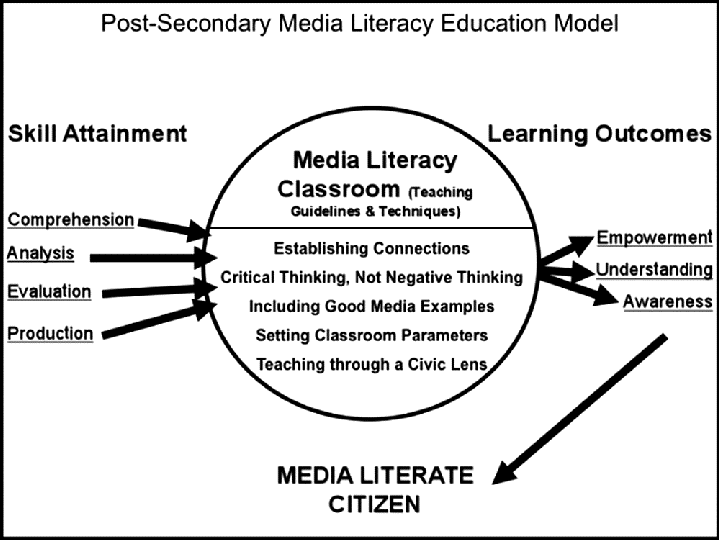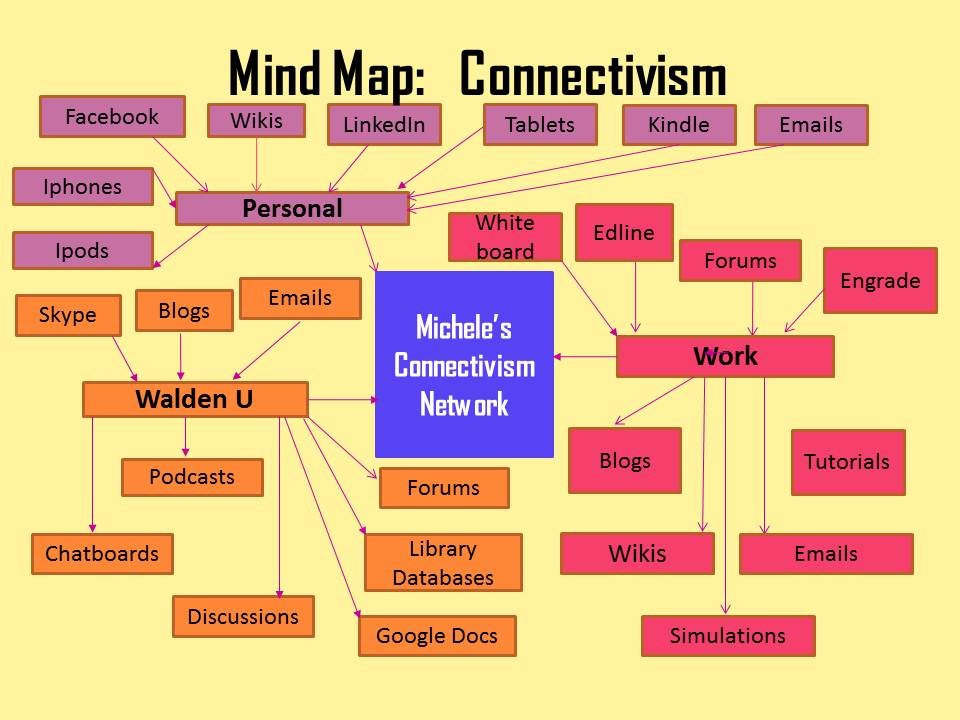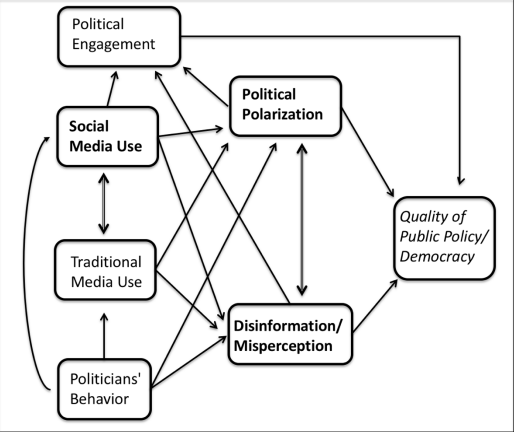Whenever I think about my professional career, something that frequently comes around is how to effectively leverage the PLN for professional growth. According to Del Giudice, Della Peruta, and Carayannis (2013), professionals can rely on PLN for professional development after graduating because the PLN has become key in the development, growth, and connection of innovators, educators, business people, and policy makers. Although someone can start a podcast without an audience, the PLN provides a great opportunity to acquire an audience. This is because nearly all people in a region, city, or even country are in some way connected through different media platforms. In my PLN, it is possible to grow the popularity of my podcast, starting from my school, city, district, and possibly nationally in the future. Presently, I have come to know some people who have professional experience, knowledge, and exposure in various fields. The PLN provides a way of contacting those people either through message, call, email, or via their friends. It is possible to invite these professionals to contribute to my podcast by sharing their knowledge, experience, and exposure. Twitter and LinkedIn provides the best mediums to connect with professionals, but Facebook, Voxer, and Instagram can also be useful. According to Amir and Miller 2021), the most important requirement is to keep in touch with people in my PLN by sharing and sharing their posts as well as ensuring that they know who I am, what I do, and where they can find me. In my opinion, my PLN can be relied on to open and expand professional opportunities.
References
Del Giudice, M., Della Peruta, M. R., & Carayannis, E. G. (2013). Social media and emerging economies: Technological, cultural and economic implications. Springer Science & Business Media. https://link-springer-com.ezproxy.library.uvic.ca/book/10.1007%2F978-3-319-02490-5.
Amir, M., & Miller, J. (2021). EDCI PODCAST – 2021-10-24 Mo Amir. https://www.youtube.com/watch?v=LgoDet6pwaI&ab_channel=MILLER.



Recent Comments